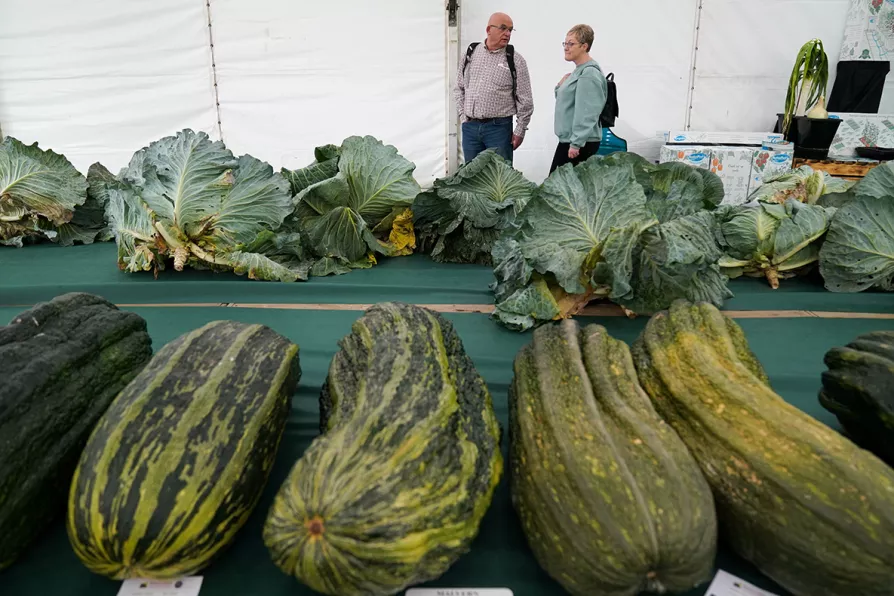Ten days after right-wing destabilisation attempts, Mexico’s leadership has emerged strengthened, securing historic labour and wage agreements, while opposition-backed protests have crumbled under scrutiny, says DAVID RABY
Rediscover the mighty marrow
Previously staple of all our gardens, the neglected marrow is making a culinary comeback, offering versatile flavours and textures when picked and prepared properly – so let your courgettes live large, writes MAT COWARD

 People observe the marrow and cabbage entries during the Canna UK Giant Vegetables Championship at the Malvern Autumn Show, Three Counties Showground, Malvern, Worcestershire, September 23, 2022
People observe the marrow and cabbage entries during the Canna UK Giant Vegetables Championship at the Malvern Autumn Show, Three Counties Showground, Malvern, Worcestershire, September 23, 2022
ALMOST every vegetable gardener I know grows courgettes, but the full-size version, the marrow — once a mainstay of British allotments — seems somewhat neglected these days.
Perhaps part of the reason, as with many traditional vegetables which fall out of fashion, is people’s childhood memories of giant marrows grown for size, not flavour, and then mercilessly cooked until any remaining risk of taste or texture had been expunged.
But grown for the kitchen rather than the show bench, picked at the right time, and prepared according to the many excellent, modern recipes available online, I think marrows deserve to regain their former status.
Similar stories

MAT COWARD rises over such semantics to offer step by step, fool-proof cultivating tips

It’s a dead easy crop to grow and can be made into one of Britain’s best sauces. MAT COWARD explains how

MAT COWARD battles wayward pigeons in pursuit of a crop of purple sprouting broccoli

Although there’s not much growing in the garden in January, globe artichokes are worth a try if you follow these tips from MAT COWARD










